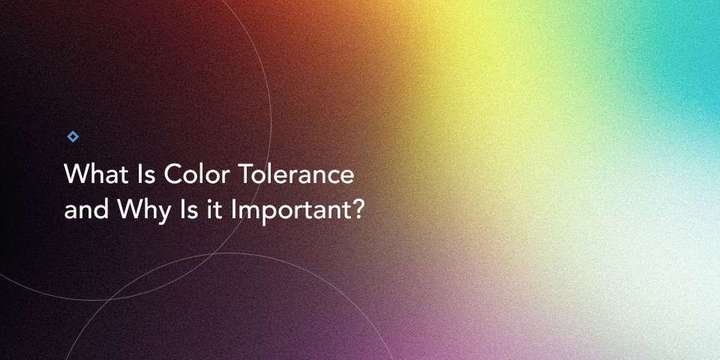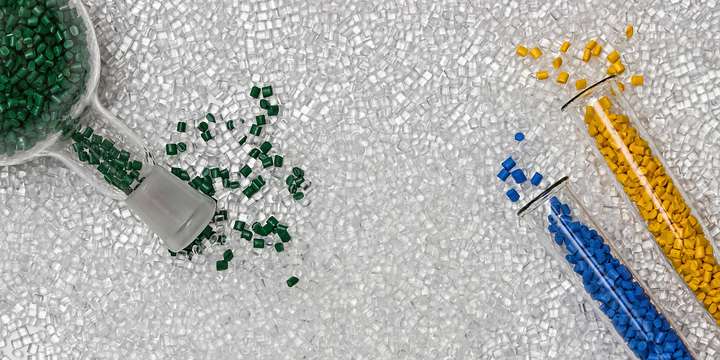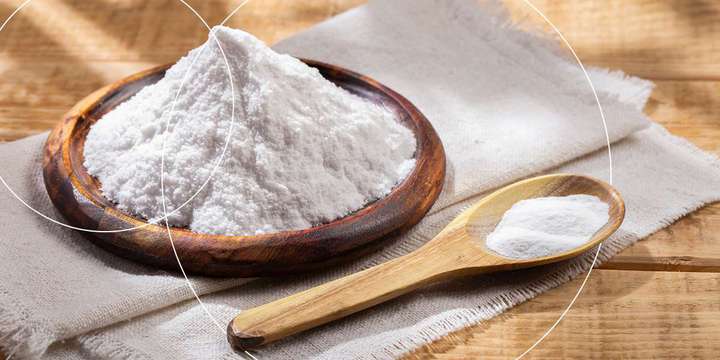カラー・トレランスは、製品の外観の許容限度を設定するもので、カラーに関する品質保証および品質管理プロセスの不可欠な部分です。公差を設定することで、製品が限界内に収まっているかどうかを効率的に判断することができます。許容範囲内であれば、その製品は合格です。不合格品は公差の範囲外であるため、望ましい外観を作り出すために工程の調整が必要な場合があります。
食品、プラスチック、化学などの多くの業界は、正確な外観に依存しています。公差は、標準を確立し、どの程度の変動を許容するかを決定することを可能にし、一貫した色の結果をもたらします。
カラー・トレランスとは何か?
色彩の許容範囲とは、製品の色彩が許容範囲内で変化し得るパラメータのことである。通常、許容できる色の範囲を定義する最初のステップは目視による評価です。その後、分光光度計が客観的かつ科学的に許容範囲を数値化し、管理します。
許容値を設定する前に、観察者を決め、ハンターL,a,bのようなカラースケールを選択し、D 65やイルミナントAのような比較のための照度を選択する必要があります。何を測定するかによって、選択するスケールは、世界的な測定基準を設定する国際照明委員会(CIE)のものであったり、別の団体のものであったりします。
比較基準ができれば、製品を集めて色を測定し、許容誤差と呼ばれるばらつきを判断することができる。
このプロセスでは、まず製品に関連する標準を選択し、次に、外観に目に見える違いが生じる前に、この標準がどの程度変化しうるかを判断します。このテストは、今後の製造の境界線を設定するのに役立ち、製品が元の標準に十分に近いかどうかを客観的に判断し、品質への期待に適合させることができます。
色の違いを検出する
公差は2段階の差に基づいて設定できる:
- 最小許容差: 目視による比較では、標準試料と試料との間に、ちょうど認識できる程度の差があることを示す。
- 最大許容差(Maximum acceptable difference):標準とサンプルの間の最大許容差を表すレベル。
最大許容差に焦点を当てることは、より広い許容値の範囲を意味し、一方、最小知覚差のみに依存することは、高い不合格率と材料の浪費につながる可能性がある。その結果、正しいアプローチを選択することは、一般的に業界主導となる。例えば、食品業界は最大許容差を頻繁に使用しますが、製薬メーカーは通常、最小知覚差を選択します。
許容範囲の定義
許容範囲は、確立された色標準に関連する許容可能な変動レベルです。 CIE L*a*b*のような測定モデルを使用してこの標準を確立します:
- L*:明るさ、ゼロの暗さから100の明るさまで。
- a*:赤緑軸上の位置で、正の数が赤、負の数が緑を示す。
- b*:黄色をプラス、青色をマイナスとする。
標準を確立したら、各寸法の許容誤差を決めることができる。以下は、サンプルと基準間の差(∆)を求める公式です:
∆L* = L*sample - L*reference
∆a* = a*sample - a*reference
∆b* = b*sample - b*reference
また、3つの値間の色の差の合計を1つの式で計算することもでき、その結果はΔE* (∆E*)で表されます。以下は∆E*を求める式です:
∆E* = √((△L*)2+(△a*)2+(△b*)2)
E*値は有用ですが、この方法は慎重に使用してください。差が3つの次元にまたがっている場合、許容できるように見える値が得られるかもしれないが、赤と緑など、1つの測定で大きなばらつきがある。
このばらつきは顕著な視覚的差異を生じますが、他の寸法が標準に近ければデルタE*値には影響しないかもしれません。差の値を別々に計算すれば、それぞれをより注意深く監視して、標準から大きく外れているものがないことを確認することができます。







